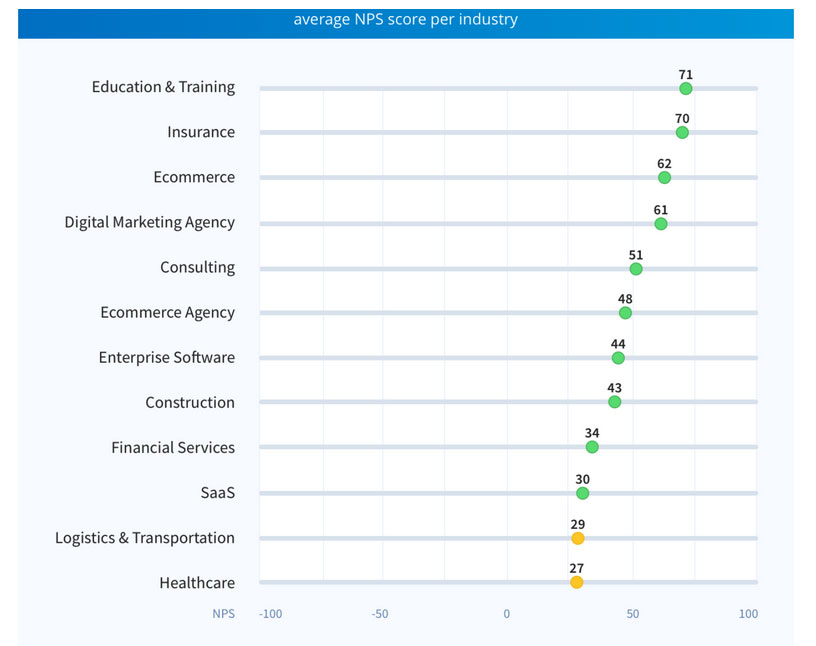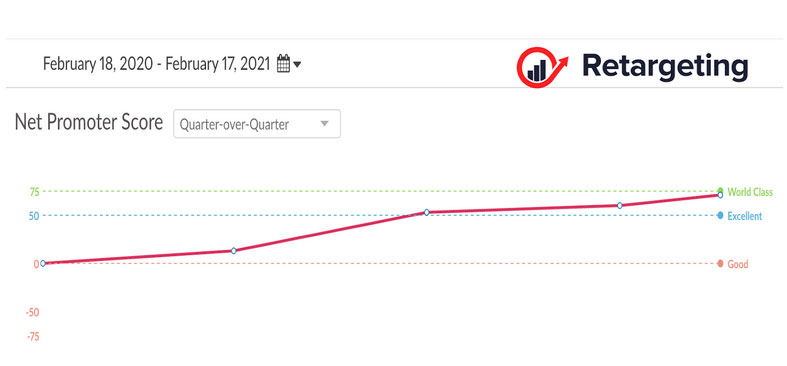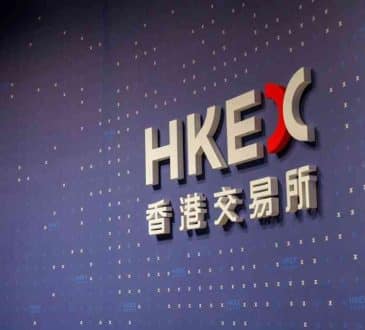Customer Satisfaction: don’t let a good crisis go wasted

Customer satisfaction is important, there is no much debate on this in modern business as there is vast research that backs the aforementioned statement with data. Yet, despite the parade of evidence that depicts the obvious, many struggle with why and most importantly, what are the actionable steps one should take to reach high customer satisfaction levels.
No customer wants to leave, ever!
We should always start with why. The ugly truth is that without customer satisfaction, there is no customer retention. The irony is that every customer wants to be “retained”! You can spot that from your daily routine. We visit the same grocery store, not only because it’s cheaper or due to proximity, but also because it’s familiar; it’s a habit; as it fits our daily trip back from work, we know exactly where to find the products we prefer and we know the service we are going to get. In the same way, we buy specific food brands not only because they have the taste we prefer but also because we got used to their flavor. Same counts for pretty much everything.
Of course, if the quality of the product or service deteriorates over time for any given reason, we find ourselves in the awkward position to have to switch suppliers. This is something that subconsciously we don’t want to do as we are a species of routine. By the way, this is called customer inertia. The point is, the customer doesn’t want to leave your product or service. They want to be vindicated for their decision of choosing you as their partner and simultaneously to avoid the risk of switching to someone new and unknown. But as soon as they decide to leave and take their business elsewhere, it’s too damn late.
No retention, no scale!
When they do decide that, we face not only a loss of turnover for our business but also another cost: the cost of new user acquisition. These costs are all your effort, marketing and sales investment, to nail a deal with a new customer to replace the former. And why is this a problem, you might ask. Well, the new customer acquisition costs are way higher than the corresponding ones of just retaining existing customers.
The bottom line is, without retention you simply can’t scale your business as the high cost of acquiring new customers over and over again will deeply harm your profitability and thus your ability to re-invest so as to grow. And if you don’t pay attention to your retention (aka customer satisfaction levels) at all, this cost will eventually skyrocket due to the bad publicity from your churned customers.
What you can do instead is to start building a solid loyal customer base. And as the chart depicts, a small change in retention leads to exponential growth.
What satisfaction is all about
Customer satisfaction is a tough rocket; most argue that it’s about delivering results, others that it’s all about building relationships with the client. Whenever this debate comes up, I often narrate a scene from the series “Mad Men” where one advertising agency owner gives a hard time to one of his senior staff for mistreating a client, although it seems his executive had good reasons for doing so. The owner however bursts: “Results and numbers can be great but still 80% of my decisions are based on: do I like this guy?”
Although I am a more practical person than this guy, I admit that the emotional engagement with a customer weighs a lot in his overall satisfaction. So, the short answer is: both results and emotions matter.
Satisfaction is about Results and Emotions combined
Results are easy to tackle, as most businesses have figured out how to measure their performance so it’s pretty straightforward with the possible exception of highly creative professions. Especially in a number and metric driven sector such as ecommerce: do we have a good Return on advertisement Spending (ROAS)? How is the conversion rate (CR)? How high or low is the Cost per Acquisition/Action (CPA)?
Emotions on the other hand are funny animals. As any married person can affirm you, being happy is not always related to the income influx in the household. And when a customer is unhappy, he/she remembers until he/she finds the opportunity to even the score, same as an unhappy spouse. And although in the past companies were ignoring the customers’ emotions due to lack of exposure on social media channels, now this kind of contamination of bad publicity in social media could prove lethal.
Trying to find middle ground in all occasions is not always easy. The idea though is not to focus on yourself (your company) but to the needs of the other (the customer).
How to measure emotions?
As per everything else in business, if you can’t measure it, you can’t manage it. The most effective way to figure out the level of customer satisfaction is to have an ongoing survey on your customers. The latest trend on having such a survey is Net promoter Score (NPS), a metric that is not really new; it was first mentioned in Harvard Business Review in 2003 in the US as “The one number you need to grow” and that very soon coined customer satisfaction surveys worldwide.
The strong point of NPS is that it is very simple and intuitive, it doesn’t waste anyone’s time and it brings to the foreground the main issues that a company may have, unbiased and straight to the core. The customers who interact with the different departments of the company are asked two questions: Α. On a scale from 1 to 10 how likely are you that you will recommend our company to friends or family? and Β. Why? The ones who give scores between 1 and 6 are called Detractors (low satisfaction levels), those who give 7 and 8 are called Passives (mediocre) and the ones who give 9 and 10 are called Promoters (high satisfaction).
Then, the percentage of detractors is subtracted from the percentage of promoters and you will have a score between -100 and +100. So what is a good score? Generally, a good enough score is considered to be anything above 0, but a high NPS score would be over 30. The chart below provides NPS benchmarks for different sectors.
Retargeting.biz success story
At the first quarter of 2020 after the outbreak of the corona pandemic, Retargeting’s CEO Rares Banescu was determined not to let a good crisis go wasted and to turn it into an opportunity. The direction of the company was steered away from a profit-driven business to one that is wholeheartedly customer centric. To that effect, Retargeting bought into the NPS system both for its customers as well as its employees. This was very crucial as all of the studies are showing that the external improvement towards customers is impossible to occur without strong internal support.
As seen in the picture below, the first quarter the NPS was implemented it had a low score of almost zero growing steadily as soon as progressive changes were made.
Obviously, this booming result was not derived solely from a swift in company mentality but also with an extra investment in human resources. The support department was quadrupled over what it was at the beginning of 2020, in order to be able to respond in time to all requests. Having enough customer service / success / experience (call them however you like) people so as to have decent time with each and every customer is common sense. Let me also underline that training those people on handling complaints, objections and…explosions in a diplomatic way was paramount so as to thrive on this field.
Paid Advertisement specialists were also hired to help customers develop and implement the best strategies for their needs. Dedicated developers were added for the support department to ensure a faster response. Furthermore, all internal procedures were changed, and every customer was listened to and had their feedback noted down and taken into consideration. After implementing all these changes, Retargeting is now at NPS 71 for the first quarter of 2021 and now sky’s the limit!
The path to sustainable and profitable growth begins with improving this simple but profound KPI. Creating more promoters and fewer detractors while making your net-promoter number transparent throughout your organization. Common sense but not common practice.
Written by Thomas Katakis. Have you read?
Best Hospitality And Hotel Management Schools In The World For 2021.
Best Fashion Schools In The World For 2021.
Best Business Schools In The World For 2021.
Best Medical Schools In The World For 2021.
Follow CEOWORLD magazine on Facebook, Twitter, Instagram, and LinkedIn.
Add CEOWORLD magazine to your Google News feed.
Follow CEOWORLD magazine headlines on: Google News, LinkedIn, Twitter, and Facebook.
This report/news/ranking/statistics has been prepared only for general guidance on matters of interest and does not constitute professional advice. You should not act upon the information contained in this publication without obtaining specific professional advice. No representation or warranty (express or implied) is given as to the accuracy or completeness of the information contained in this publication, and, to the extent permitted by law, CEOWORLD magazine does not accept or assume any liability, responsibility or duty of care for any consequences of you or anyone else acting, or refraining to act, in reliance on the information contained in this publication or for any decision based on it.
Copyright 2024 The CEOWORLD magazine. All rights reserved. This material (and any extract from it) must not be copied, redistributed or placed on any website, without CEOWORLD magazine' prior written consent. For media queries, please contact: info@ceoworld.biz
SUBSCRIBE NEWSLETTER











